A devastating earthquake struck Myanmar and Thailand on Friday, March 28, 2025, leaving a trail of destruction and raising concerns over an ever-increasing death toll. The powerful tremor, measuring 7.7 magnitude, hit the northwest of Sagaing, Myanmar, triggering widespread destruction across central Myanmar. Within hours, the United States Geological Survey (USGS) warned that the death toll could easily surpass 10,000 as the number of confirmed victims steadily rose.
Initially, the death toll was reported at over 1,000 in Myanmar, with more than 2,000 injured, as announced by the military leadership. However, ongoing rescue operations and disrupted communications suggest that the actual toll could be much higher. Thousands are feared dead, with thousands more trapped beneath the rubble of collapsed buildings.
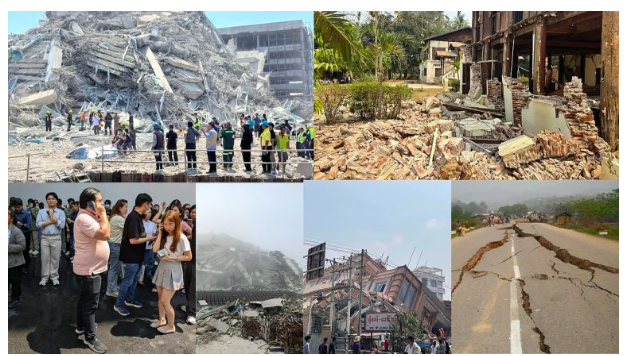
In Mandalay, Myanmar’s second-largest city, the damage was catastrophic. Nearly 700 people were confirmed dead in the region, and 1,670 others were injured. The situation remains dire as the full extent of the destruction continues to unfold. Myanmar’s military government has declared a state of emergency in six regions, including Mandalay, which has borne the brunt of the quake’s wrath.
The Impact in Thailand
The earthquake’s tremors also reached neighboring Thailand, where at least 10 people have been confirmed dead, and over 100 remain trapped under the debris of a high-rise building still under construction in Bangkok. The city, though more developed, was not immune to the forces of nature, especially given the vulnerability of certain structures, many of which were not built to withstand such catastrophic events. Rescue workers in Thailand are working tirelessly to free those trapped, while international aid is already being mobilized to address the humanitarian crisis.
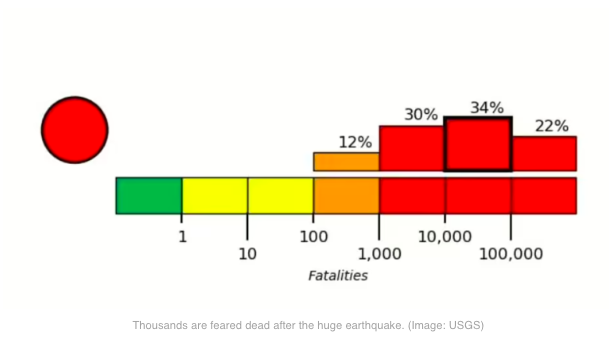
A Wake-Up Call for Preparedness
The tragedy serves as a stark reminder of the fragility of urban infrastructure, particularly in countries that are still grappling with the consequences of rapid development and poor planning. While Myanmar has long faced the threat of earthquakes, with significant seismic activity recorded between 1930 and 1956, the nation’s urbanization, combined with aging buildings and inadequate construction standards, has made the most densely populated areas particularly vulnerable to such disasters.
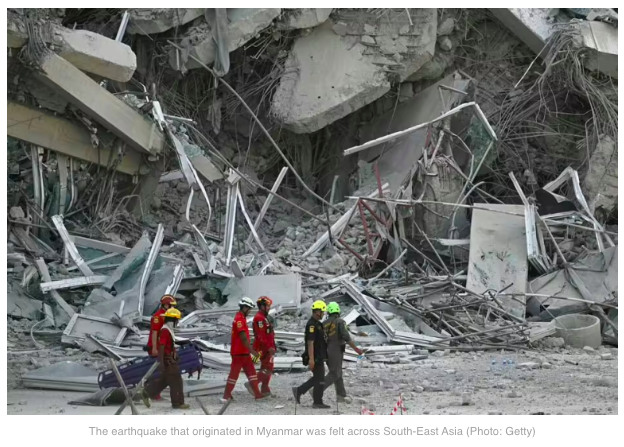
The earthquake has revealed the urgent need for better building codes, infrastructure improvements, and urban planning to protect vulnerable populations. Experts have been warning for years that Myanmar’s cities are especially susceptible to seismic events due to a combination of outdated construction practices and the rapid, sometimes haphazard, expansion of urban areas.
A Global Response to a Local Crisis
In the wake of this catastrophe, the world’s attention must turn to Myanmar and Thailand. The USGS has stressed the urgent need for international emergency aid, rescue operations, and long-term relief efforts to mitigate both the humanitarian and economic impacts of this disaster.
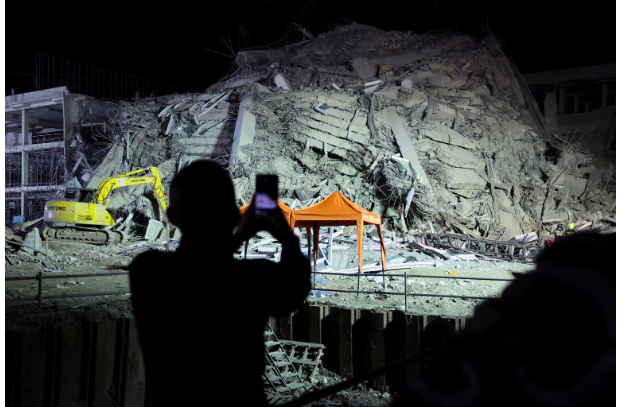
Governments, humanitarian organizations, and citizens around the globe must unite in solidarity with those affected, offering not just financial aid, but also medical assistance, supplies, and the expertise necessary to help rebuild lives and communities.
The earthquake’s toll on Myanmar and Thailand is devastating, but the response to this tragedy must not only be about offering immediate relief; it must also involve a long-term commitment to improving the safety and resilience of these communities. By addressing the root causes of vulnerability—such as poor construction standards, inadequate disaster preparedness, and aging infrastructure—nations like Myanmar can reduce their exposure to future calamities.
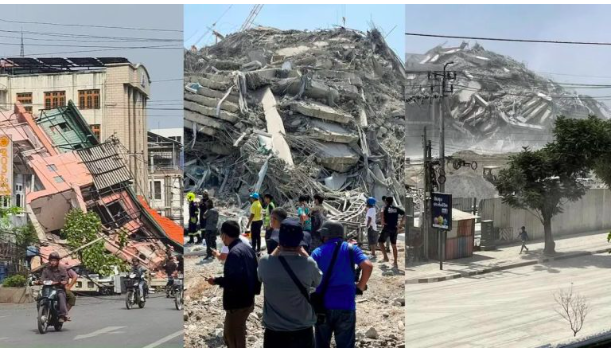
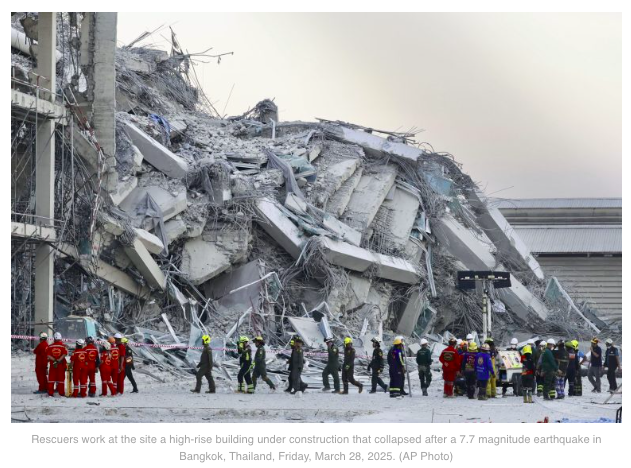
A Moral for the World
In the face of natural disasters, it is easy to feel small and helpless. But this tragedy is also an opportunity for us to reflect on the importance of preparedness, compassion, and solidarity. While we cannot prevent earthquakes, we can certainly make sure that our communities are better equipped to handle them. Let this tragedy be a reminder that we are all interconnected. What affects one part of the world, affects us all. As we extend our support to Myanmar and Thailand, we are reminded of our shared responsibility to look out for one another—because in the end, it is only through unity and compassion that we can rise from the ashes of disaster.
Sources: nzherald.co.nz; express.co.uk
